Planting new Meadow in Mid Atlantic
wwwonderwhiskers
11 years ago
Related Stories
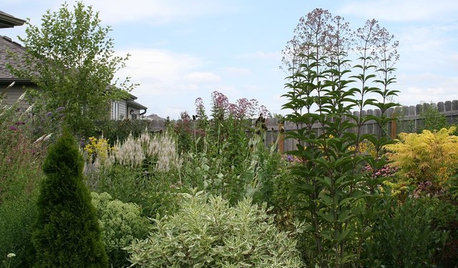
GARDENING FOR BUTTERFLIESGreat Design Plants: A Bevy of Beauties from the Meadow
Draw butterflies, birds and bees to the garden year-round with these low-maintenance Eupatorium varieties
Full Story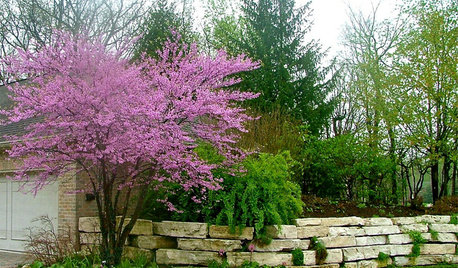
GARDENING GUIDES10 Top Mid-Atlantic Native Plants
Enjoy a four-season garden in the mid-Atlantic region with plants that will stand up to weather shifts, clay soil and the occasional deer
Full Story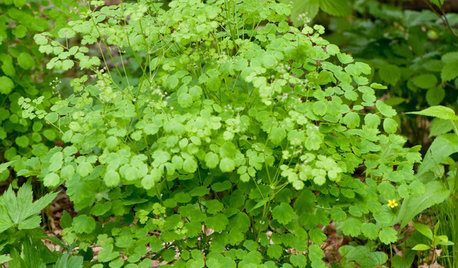
GARDENING GUIDESGreat Design Plant: Thalictrum Dioicum Thrives in Dry Shade
Plant early meadow-rue in eastern U.S. woodland gardens for its tolerance of dry sites and shade
Full Story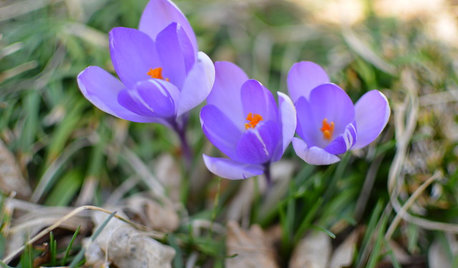
REGIONAL GARDEN GUIDESMid-Atlantic Gardener's March Checklist
Hunt for new growth in the garden but play the protector for baby plants and birds flying home to nest
Full Story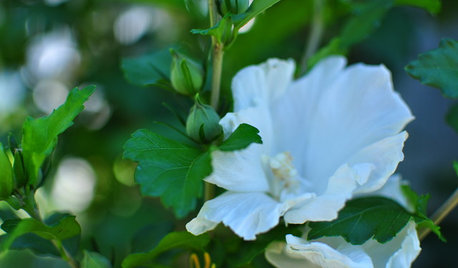
GARDENING GUIDESMid-Atlantic Gardener's August Checklist
Bring in the bounty of tomatoes, savor the show of grasses and start seeding some cool-season plants
Full Story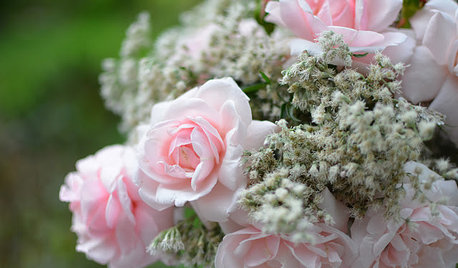
GARDENING GUIDESMid-Atlantic Gardener: What to Do in July
Seedpods, herbs and flowers galore take center stage in the garden this month
Full Story
NATIVE PLANTSGreat Design Plant: Wild Bergamot, Friend of Foragers
Nourish butterflies and other winged creatures with the tubular flowers of Monarda fistulosa, a pretty pink native
Full Story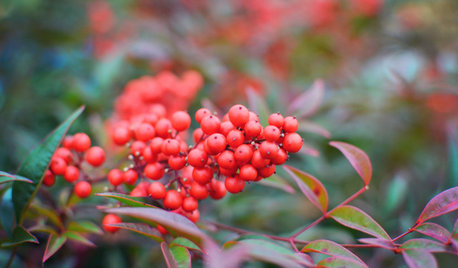
GARDENING GUIDESMid-Atlantic Gardener's January Checklist
Scatter berries while ye may, be kind to your fair-feathered friends and try a time-saving compost trick that will keep you out of the cold
Full Story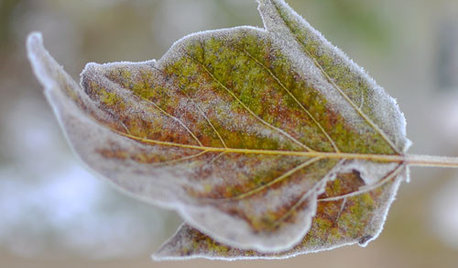
MID-ATLANTIC GARDENINGMid-Atlantic Gardener's February Checklist
Buck up with indoor herbs, stockpiled teas and plans for an eagerly awaited spring
Full Story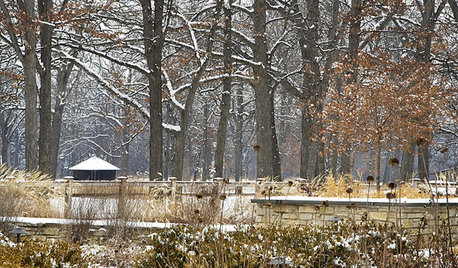
REGIONAL GARDEN GUIDESMid-Atlantic Gardener's December Checklist
Let winter's slower pace set a relaxing rhythm — allowing your garden to rest now can be good for both of you
Full Story







Nick4Natives
theresa2
Related Professionals
Saint Charles Landscape Architects & Landscape Designers · Simi Valley Landscape Architects & Landscape Designers · Anderson Landscape Contractors · Peabody Landscape Contractors · Arlington Landscape Contractors · Broomfield Landscape Contractors · Metairie Landscape Contractors · South Hackensack Landscape Contractors · Shafter Landscape Contractors · Crystal Lake Decks, Patios & Outdoor Enclosures · Frisco Decks, Patios & Outdoor Enclosures · Haddonfield Decks, Patios & Outdoor Enclosures · Kernersville Decks, Patios & Outdoor Enclosures · Lansdale Decks, Patios & Outdoor Enclosures · Reisterstown Decks, Patios & Outdoor Enclosuresjcalhoun